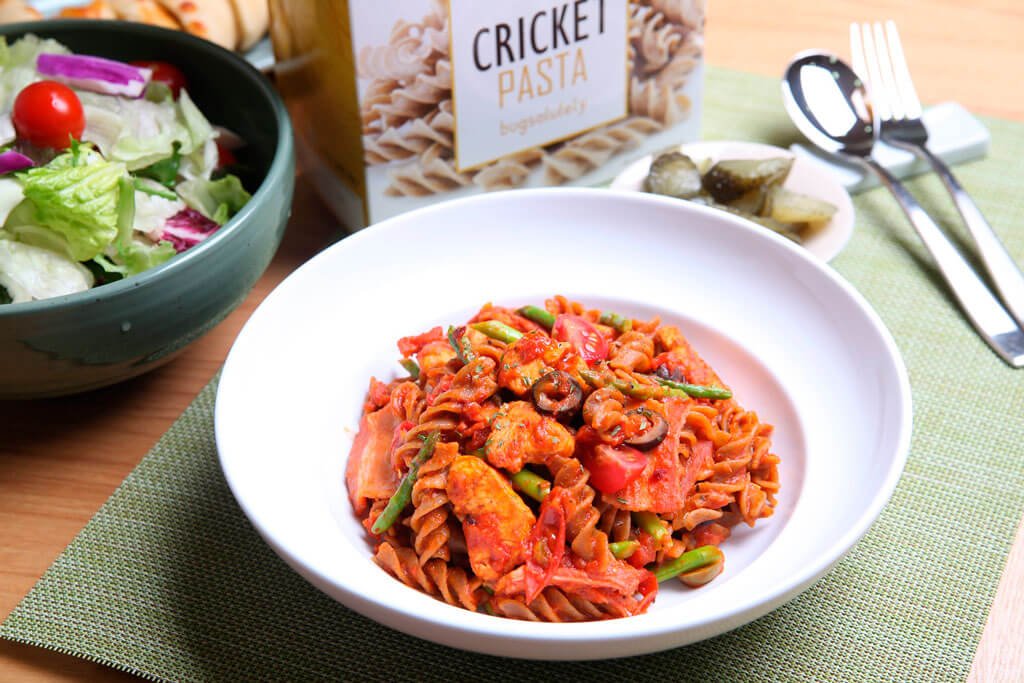
I’d like my Beetles cooked medium rare please, then I’ll have my Silkworm to start, for dessert I’d like the Bee Larvaeand I’ll have a bottle of your finest Ant Eggs.
To be honest reading this opening paragraph puts me off without even thinking about buying or ordering bugs or insect in a retail store or restaurant. That said these house hold creepy crawlies seem to be creeping into world cuisine.
This kind of thinking toward eating insects and bugs reminds me off old movies when I was a kid watching stranded people on a deserted island and had to survive by only eating what they could find. As we move forward with food innovation I wonder if this is a fad or a trend but never the less my research tells me in cultures around the world including my own native country that this has been a part of cuisine for a very long time.
Nutritional Elements
Every menu and product we purchase the nutritional values seem to be a big part of why we consume these days. Insect’s and bugs have a very high protein and low carbohydrate count and there are estimates of edible insect and bugs consumed globally range from 1,000 to 2,000. (Just in case you thought there was a shortage – really want those bugs)
The perception of reading this article is that whole bugs or insects are eaten raw or cooked, but insects and bugs have been a big part of processed foods such as burger patties, sweets, snacks or pasta.
Farming, production, and processing
Insect farming is a specialised field and are maintained under strict laws and hygiene in America and Europe for human consumption.
Running and breading such a farm contains a much more than a dairy farm and challengers arise with potential health and safety concerns.
Examples of Insect food products
Insect Flour: Pulverized, freeze-dried insects (e.g., cricket flour).
Insect Burger: Hamburger patties made from insect powder / insect flour (mainly from worms or from house cricket) and further ingredients.
Insect Fitness Bars: Protein bars containing insect powder (mostly house crickets).
Insect Pasta: Pasta made of wheat flour, fortified with insect flour (house crickets or mealworms).
Insect Bread: Bread baked with insect flour (mostly house crickets).
Insect snacks: Crisps, flips or small snacks made with insect powder and other ingredients.
Food and drink companies such as the Australian brewery companies and the South-African Gourmet Grubb even introduced insect-based beer, a milk alternative, as well as insect ice cream.

History (Old Insect Stories)
Eating Bugs and insects is not new if you look back at history. Both women and men thousands of years ago could hunt or gather bugs for their nutritional properties. Native Americans roasted June Beetles over coals and ate them like snack.
American tribes were also said to dig large trenches, cover them with straw, and then drive hordes of crickets into the traps to later eat. Aboriginal Australian tribes traditionally dug Witchetty Grubs from the roots of acacia trees. The taste could be compared to a fatty tuna, at once meaty and melty.
The ancient Romans and Greeks dined on bugs. The first-century Roman scholar Pliny wrote that Roman aristocrats enjoyed eating beetle larvae raised on flour and wine.
Even the Bible mentions eating bugs. The Old Testament describes the consumption of locusts, beetles, and grasshoppers for Christians and Jews. St. John the Baptist allegedly survived on locusts and honey when he lived in the desert.
Termites have a history of consumption throughout the African continent and Southeast Asia. Some cultures in Kenya traditionally eat termites raw straight out of the mound.
In Asian Cuisine dragonflies boiled in coconut milk as a delicacy. Silkworms are most commonly eaten in pupal form and can be found in street markets in many silk-producing countries like South Korea, China, and Japan.
The list goes on with these kind of trends in history and still being used today in cultural food and cuisine.
Wonder Food of the Future
Without researching more I thought insect and bugs could replace some of the ingredients that are fed to farm animals, potentially lowering the cost of livestock products and freeing up feed crops for human consumption.
Insects and Bug Food in Ireland
Being a pork phonetic, I really would not entertain the likes of eating creepy crawlies. In Dublin a high end retailer (Fallon & Byrnes) stocked crickets, mealworms and grasshoppers in 2017 without success. This would tell a picture that perhaps there is not a market in Ireland. But maybe farming and exporting could create something new for Gaelic Escargot in Carlow is the perfect example of snail farming in Ireland and rather than creating a food for the Irish people perhaps we could farm for the cultures that eat this kind of cuisine.
Conclusion
So all in all there is place in the world for insects and Bugs as food and has always seemed to be there without a lot of us knowing about it. In Ireland I don’t see a place in Irish stores or restaurant’s yet unless it’s the odd international insect lover of swallowing these small morsels. For me you can keep your insects and bugs and the only crickets I will be going near is the game played with a bat, ball and someone crying out Howzat.
www.facebook.com/thekiwiculchie
